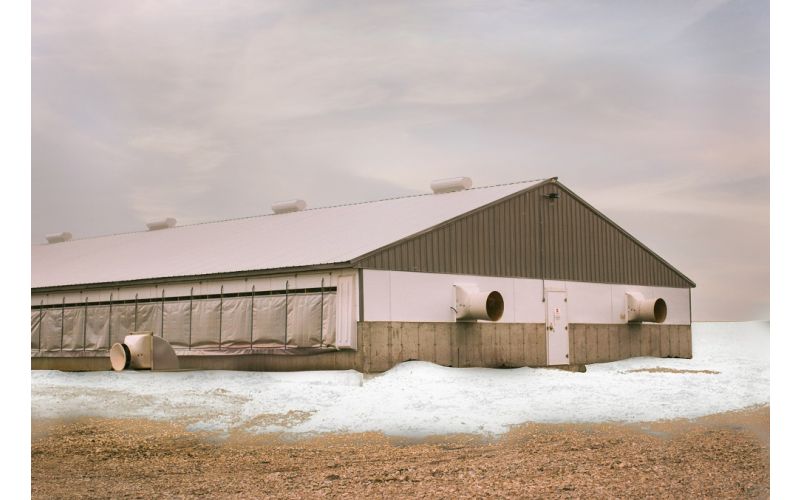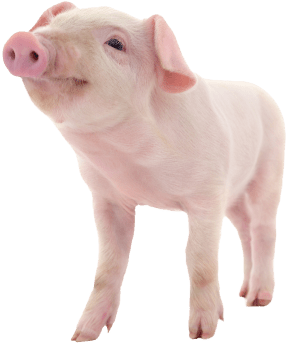
Breathe Easy this Winter: Essential Tips for Barn Ventilation
|
|
Time to read 3 min
 You are being redirected to QC Supply Pharmacy, where you’ll find a wide selection of high-quality prescription and pharmaceutical products for animals of all sizes.
Enjoy the same great service and expertise you trust from QC Supply.
Click below to continue shopping.
Continue
No thanks, stay on the main site
Powered by
You are being redirected to QC Supply Pharmacy, where you’ll find a wide selection of high-quality prescription and pharmaceutical products for animals of all sizes.
Enjoy the same great service and expertise you trust from QC Supply.
Click below to continue shopping.
Continue
No thanks, stay on the main site
Powered by


|
|
Time to read 3 min
On a hog farm winter productivity problems often arise from animals being inside poorly ventilated, damp, smelly barns. Animals produce heat, moisture, and ammonia – that can’t be helped, but a good barn ventilation system can help control and properly manage these problems. Barn ventilation systems are set up to exchange humid indoor air for cooler, fresher outdoor air. It may sound simple, but a good barn ventilation system is far from easy.
During the winter months trying to get the ventilation system just right can be a bit of a challenge. The frigid temperatures require barns to be heated, but the air needs to remain fresh and clean. Poor ventilation can have major economic and livestock performance consequences, so it definitely pays to get it right.
The temperatures are beginning to drop so it is the right time to begin preparing your operation for winter, including the prepping of your barn’s ventilation system. As you begin that process, here are a few tips to consider:
1. Complete a Thorough Barn Inspection – Correctly inspect and test equipment and controllers throughout your barn. You want to ensure the best possible environment for your hogs, while still minimizing energy costs. Double check controllers and settings. You don’t want to be heating a room higher than it needs to be. Ceiling inlets should also be checked—make sure they are loose and functioning correctly. Fans and heaters must also be tested and inspected before winter. Complete any necessary maintenance on the heaters. You also may need to adjust cables and controllers to make sure they are opening and you are able to get fresh air in.
2. Minimize Air Infiltration – Your barns have been designed to maintain at a minimum ventilation level during the winter months. The minimum ventilation level is the rate at which fresh airflow is needed to remove the animal generated moisture. This level will vary based on barn stocking rate and other conditions in the barn. If there is air infiltration through unwanted inlets, good air ventilation can almost be impossible to achieve. It would be like trying to drink through a straw with a hole in it. In order to help maintain the proper ventilation levels seal these unwanted inlets. Here are some recommendations to consider:
3. Ensure Proper Management of Equipment - Correct management of equipment such as forced furnaces and brooders is critical for successful barn management in the winter. Make sure the location of the temperature sensors for the brooders are in the correct location per manufacturing recommendations. If more than one sensor is being used, ensure the readings are similar. Test the brooders and furnaces are working prior to winter to ensure relays, pilots, and flame switches are in working order. All orifices on the furnaces and brooders should be cleaned with compressed air. This cleaning improves efficiency and ensures a safer operation. Backup thermostats should also be inspected and modified to ensure heaters don’t compete with the ventilation system and will function reliably if needed.
4. Pay Attention to the Pigs – Your livestock can be a valuable source of feedback to identify problems and to fine-tune your winter ventilation system. If there is cold air directly on the sleeping area or strong air movement at animal level, pigs may start sleeping in the dunging area. This would be a sign to adjust the controls and airflow. Huddling pigs is also a sign of cold temperatures. Conversely, dirty pens can be an indication that it is too warm. You know your barns and your animals, pay attention to their behavior and adjust accordingly.
The minor adjustments you do throughout the winter to your ventilation system may seem tedious, but your animals are incredibly perceptive to changes in their environment. Their productivity could suffer if their environment is not managed correctly. Prepare your equipment and repair any air inlets and then adjust the system throughout the season.
Keep in mind proper winter barn ventilation is about more than just keeping your pigs warm. A good ventilation system can eliminate stale air and prevents the buildup of toxic ammonia levels. It also protects livestock that are at high risk, like piglets. Cold drafts or temperature fluctuations can mean disaster for young animals. Proper ventilation also helps your employees who are constantly exposed to the environment. It may take some time to prepare your barn, but the advantages of a properly functioning ventilation system are definitely worth it.
Take note of these tips and begin preparing your barn for the coming winter.
What are your best ventilation tips? What would you add to our list? Let us know in the comments!